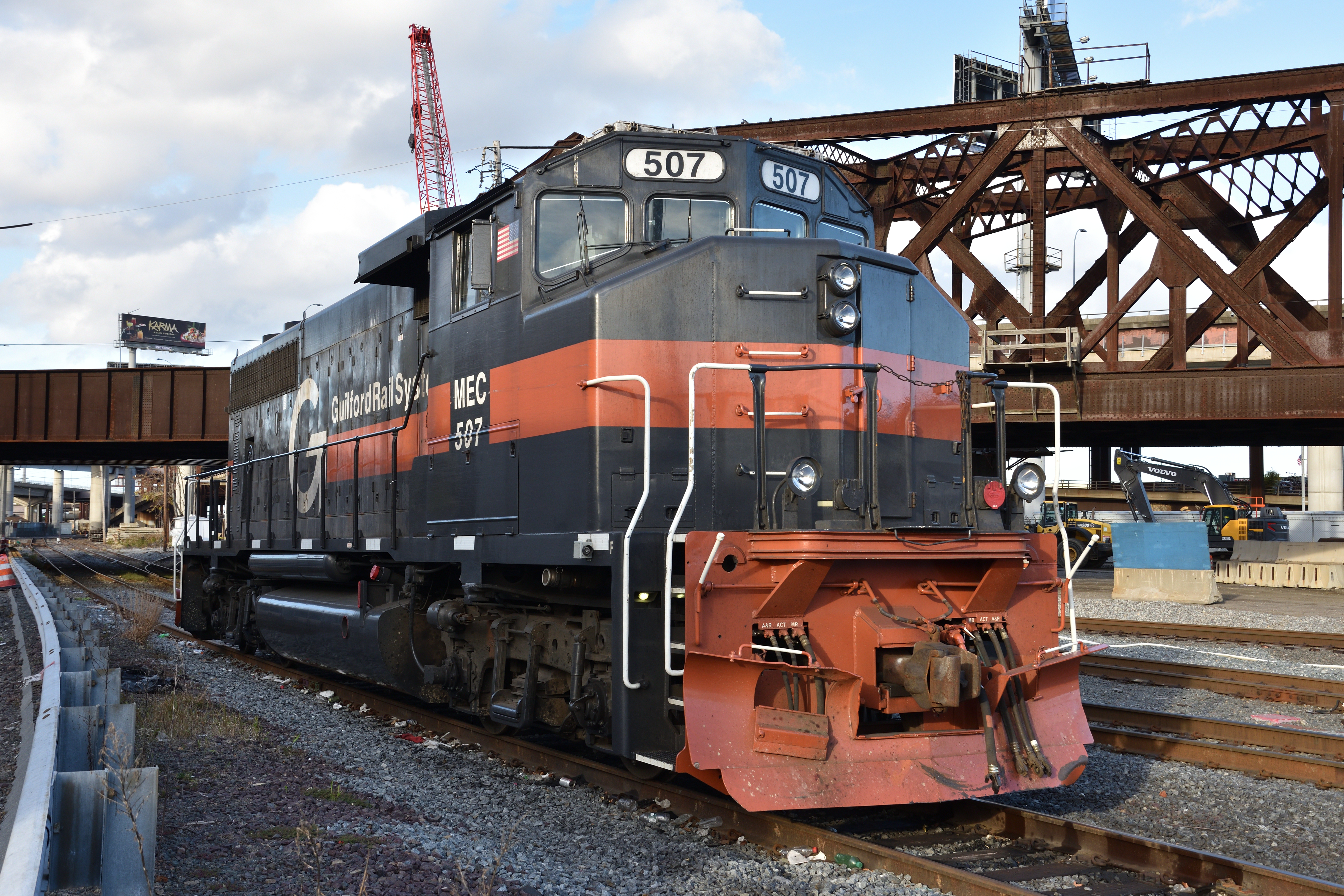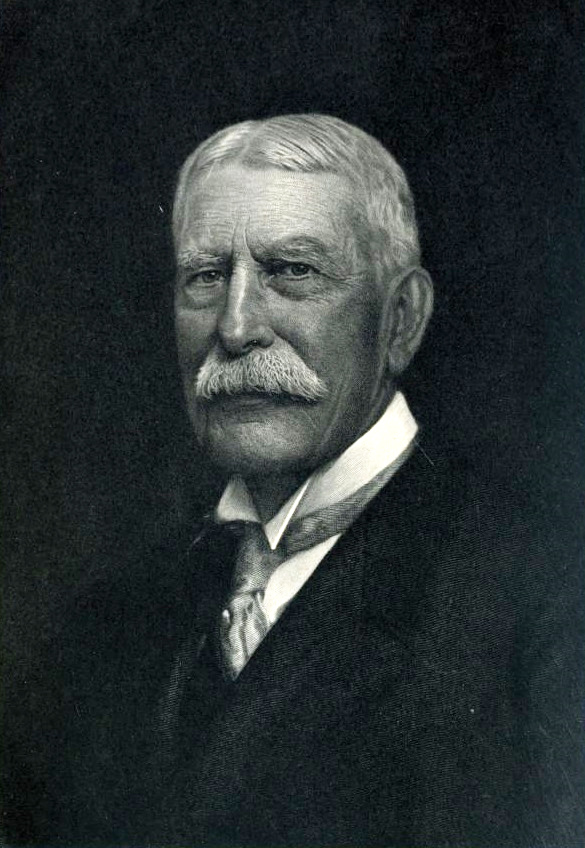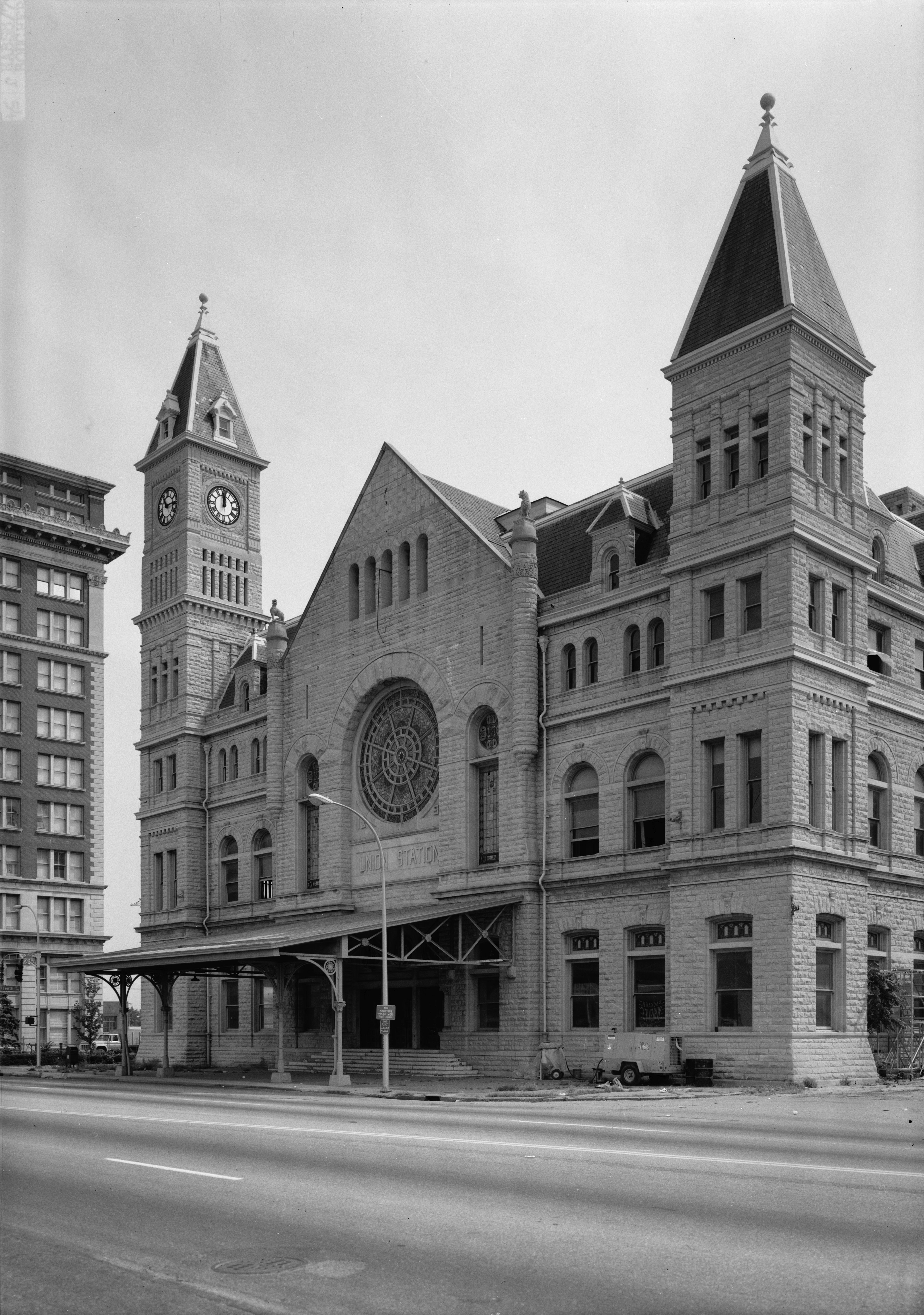|
GP40-2
The EMD GP40-2 is a 4-axle diesel locomotive built by General Motors Electro-Motive Division as part of its Dash 2 line between April 1972 and December 1986. The locomotive's power is provided by an EMD 645E3 16-cylinder engine which generates . Production Standard GP40-2 production totaled 861 units, with 817 built for U.S. railroads, and 44 for Mexican railroads. In addition, three GP40P-2s, passenger versions of the GP40-2, were built in 1974 and 279 were built by General Motors Diesel (GMD) between 1974 and 1976. Total production of the GP40-2 and its variations totaled 1,143 units. Performance With the 62:15 gearing (65-70 mph maximum) EMD rated the GP40-2 at 55,400 lb continuous tractive effort. Some had PF21 module that reduced the output below 23 mph, lowering continuous speed down to 11 mph. Original buyers ;GP40-2LW ;GP40P-2 Preservation Sonora Baja California 2107 is now preserved in a Museum in Mexicali, MX See also *List of ... [...More Info...] [...Related Items...] OR: [Wikipedia] [Google] [Baidu] |
EMD Dash 2
The EMD Dash 2 is a line of diesel-electric locomotives introduced by General Motors' Electro-Motive Division (EMD) on January 1, 1972. Designations of these models were those of the former models with "-2" added (e.g., the SD40 was replaced by the SD40-2). They retained the basic specifications of the earlier models in terms of power output and most other features, but introduced a number of improvements to the locomotives' internal systems, specifically the electrical systems and the trucks of the locomotives. These were intended to improve availability, efficiency, and ease of maintenance. One major improvement was a modularized electrical control cabinet, allowing maintenance by unit replacement and the use of common parts. These concepts were first tested on the DDA40X. Changes Minor externally visible changes common across the whole line include the following: * Modified trucks with damping struts. Four-axle trucks have damping struts on two diagonally opposite corners. Si ... [...More Info...] [...Related Items...] OR: [Wikipedia] [Google] [Baidu] |
Florida East Coast Railway
The Florida East Coast Railway is a Class II railroad operating in the U.S. state of Florida, currently owned by Grupo México. Built primarily in the last quarter of the 19th century and the first decade of the 20th century, the FEC was a project of Standard Oil principal Henry Flagler. He originally visited Florida with his first wife, Mary; they sought assistance with the health issues she faced. A key strategist who worked closely with John D. Rockefeller building the Standard Oil Trust, Flagler noted both great potential and a lack of services during his stay at St. Augustine. He subsequently began what amounted to his second career, developing resorts, industries, and communities all along Florida's shores abutting the Atlantic Ocean. The FEC is possibly best known for building the railroad to Key West, completed in 1912. When the FEC's line from the mainland to Key West was heavily damaged by the Labor Day Hurricane of 1935, the State of Florida purchased the remaini ... [...More Info...] [...Related Items...] OR: [Wikipedia] [Google] [Baidu] |
Seaboard Coast Line Railroad
The Seaboard Coast Line Railroad was a Class I railroad company operating in the Southeastern United States beginning in 1967. Its passenger operations were taken over by Amtrak in 1971. Eventually, the railroad was merged with its affiliate lines to create the Seaboard System in 1983. At the end of 1970, SCL operated 9,230 miles of railroad, not including A&WP-Clinchfield-CN&L-GM-Georgia-L&N-Carrollton; that year it reported 31,293 million ton-miles of revenue freight and 512 million passenger-miles. History The Seaboard Coast Line emerged on July 1, 1967, following the merger of the Seaboard Air Line Railroad with the Atlantic Coast Line Railroad. The combined system totaled , the eighth largest in the United States at the time. The railroad had $1.2 billion in assets and revenue with a 54% market share of rail service in the Southeast, facing competition primarily from the Southern. The seemingly redundant name resulted from the longstanding short-form names of these two m ... [...More Info...] [...Related Items...] OR: [Wikipedia] [Google] [Baidu] |
Grand Trunk Western Railroad
The Grand Trunk Western Railroad Company is an American subsidiary of the Canadian National Railway operating in Michigan, Illinois, Indiana, and Ohio. Since a corporate restructuring in 1971, the railroad has been under CN's subsidiary holding company, the Grand Trunk Corporation. Grand Trunk Western's routes are part of CN's Michigan Division. Its primary mainline between Chicago and Port Huron, Michigan serves as a connection between railroad interchanges in Chicago and rail lines in eastern Canada and the Northeastern United States. The railroad's extensive trackage in Detroit and across southern Michigan has made it an essential link for the automotive industry as a hauler of parts and automobiles from manufacturing plants. Early history Grand Trunk Western grew out of a collection of 19th century Michigan rail lines which included: *Bay City Terminal Railway *Chicago, Detroit and Canada Grand Trunk Junction Railroad *Chicago and Grand Trunk Railway *Chicago, Kalamazoo ... [...More Info...] [...Related Items...] OR: [Wikipedia] [Google] [Baidu] |
EMD 645E3
The EMD 645 is a family of diesel engines that was designed and manufactured by the Electro-Motive Division of General Motors. While the 645 series was intended primarily for locomotive, marine and stationary engine use, one 16-cylinder version powered the 33-19 "Titan" prototype haul truck designed by GM's Terex division. The 645 series was an evolution of the earlier 567 series and a precursor to the later 710 series. First introduced in 1965, the EMD 645 series remained in production on a by-request basis long after it was replaced by the 710, and most 645 service parts are still in production. The EMD 645 engine series is currently supported by Electro-Motive Diesel, Inc., which purchased the assets of the Electro-Motive Division from General Motors in 2005. In 1951, E. W. Kettering wrote a paper for the ASME entitled, ''History and Development of the 567 Series General Motors Locomotive Engine'', which goes into great detail about the technical obstacles that were enc ... [...More Info...] [...Related Items...] OR: [Wikipedia] [Google] [Baidu] |
Diesel Locomotive
A diesel locomotive is a type of railway locomotive in which the prime mover is a diesel engine. Several types of diesel locomotives have been developed, differing mainly in the means by which mechanical power is conveyed to the driving wheels. Early internal combustion locomotives and railcars used kerosene and gasoline as their fuel. Rudolf Diesel patented his first compression-ignition engine in 1898, and steady improvements to the design of diesel engines reduced their physical size and improved their power-to-weight ratios to a point where one could be mounted in a locomotive. Internal combustion engines only operate efficiently within a limited power band, and while low power gasoline engines could be coupled to mechanical transmissions, the more powerful diesel engines required the development of new forms of transmission. This is because clutches would need to be very large at these power levels and would not fit in a standard -wide locomotive frame, or wear too quic ... [...More Info...] [...Related Items...] OR: [Wikipedia] [Google] [Baidu] |
Detroit, Toledo And Ironton Railroad
The Detroit, Toledo and Ironton Railroad operated from 1905 to 1983 between its namesake cities of Detroit, Michigan, and Ironton, Ohio, via Toledo. At the end of 1970, it operated 478 miles of road on 762 miles of track; that year it carried 1,244 million ton-miles of revenue freight. Early history In 1901, the merger of the Detroit and Lima Northern Railway and the Ohio Southern Railway formed the Detroit Southern Railroad. This company was purchased at foreclosure on May 1, 1905, by Harry B. Hollins & Company of New York, which reincorporated it in the state of Michigan under the name of the Detroit, Toledo & Ironton Railway. The president of the Detroit Southern, Samuel Hunt, was to remain as president of the reorganized road but died suddenly on May 15, 1905. George Miller Cumming, a New York City lawyer who was formerly first vice-president of the Erie Railroad Company and the former chairman of the board of the Cincinnati, Hamilton & Dayton Railroad, was elected presid ... [...More Info...] [...Related Items...] OR: [Wikipedia] [Google] [Baidu] |
Southern Pacific Transportation Company
The Southern Pacific (or Espee from the railroad initials- SP) was an American Class I railroad network that existed from 1865 to 1996 and operated largely in the Western United States. The system was operated by various companies under the names Southern Pacific Railroad, Southern Pacific Company and Southern Pacific Transportation Company. The original Southern Pacific began in 1865 as a land holding company. The last incarnation of the Southern Pacific, the Southern Pacific Transportation Company, was founded in 1969 and assumed control of the Southern Pacific system. The Southern Pacific Transportation Company was acquired in 1996 by the Union Pacific Corporation and merged with their Union Pacific Railroad. The Southern Pacific legacy founded hospitals in San Francisco, Tucson, and Houston. In the 1970s, it also founded a telecommunications network with a state-of-the-art microwave and fiber optic backbone. This telecommunications network became part of Sprint, a compa ... [...More Info...] [...Related Items...] OR: [Wikipedia] [Google] [Baidu] |
Kansas City Southern Railway
The Kansas City Southern Railway Company is an American Class I railroad. Founded in 1887, it operates in 10 midwestern and southeastern U.S. states: Illinois, Missouri, Kansas, Oklahoma, Arkansas, Tennessee, Alabama, Mississippi, Louisiana and Texas. KCS hauls freight for seven major government and business sectors: agriculture and minerals, military, automotive, chemical and petroleum, energy, industrial and consumer products and intermodal. KCS has the shortest north-south rail route between Kansas City, Missouri, and several key ports along the Gulf of Mexico in Alabama, Louisiana, Mississippi and Texas. The KCS, along with the Union Pacific railroad, is one of only two Class I railroads based in the United States that has not originated as the result of a merger between previously separate companies. The company owns or contracts with intermodal facilities along its rail network in Kansas City, Mo; Jackson, Miss.; Wylie, Texas; Kendleton, Texas; and Laredo, Texas. KCS ope ... [...More Info...] [...Related Items...] OR: [Wikipedia] [Google] [Baidu] |
Georgia Railroad
Georgia most commonly refers to: * Georgia (country), a country in the Caucasus region of Eurasia * Georgia (U.S. state), a state in the Southeast United States Georgia may also refer to: Places Historical states and entities * Related to the country in the Caucasus ** Kingdom of Georgia, a medieval kingdom ** Georgia within the Russian Empire ** Democratic Republic of Georgia, established following the Russian Revolution ** Georgian Soviet Socialist Republic, a constituent of the Soviet Union * Related to the US state ** Province of Georgia, one of the thirteen American colonies established by Great Britain in what became the United States ** Georgia in the American Civil War, the State of Georgia within the Confederate States of America. Other places * 359 Georgia, an asteroid * New Georgia, Solomon Islands * South Georgia and the South Sandwich Islands Canada * Georgia Street, in Vancouver, British Columbia, Canada * Strait of Georgia, British Columbia, Canada United Ki ... [...More Info...] [...Related Items...] OR: [Wikipedia] [Google] [Baidu] |
Louisville And Nashville Railroad
The Louisville and Nashville Railroad , commonly called the L&N, was a Class I railroad that operated freight and passenger services in the southeast United States. Chartered by the Commonwealth of Kentucky in 1850, the road grew into one of the great success stories of American business. Operating under one name continuously for 132 years, it survived civil war and economic depression and several waves of social and technological change. Under Milton H. Smith, president of the company for 30 years, the L&N grew from a road with less than of track to a system serving fourteen states. As one of the premier Southern railroads, the L&N extended its reach far beyond its namesake cities, stretching to St. Louis, Memphis, Atlanta, and New Orleans. The railroad was economically strong throughout its lifetime, operating freight and passenger trains in a manner that earned it the nickname, "The Old Reliable." Growth of the railroad continued until its purchase and the tumultuous rail ... [...More Info...] [...Related Items...] OR: [Wikipedia] [Google] [Baidu] |








